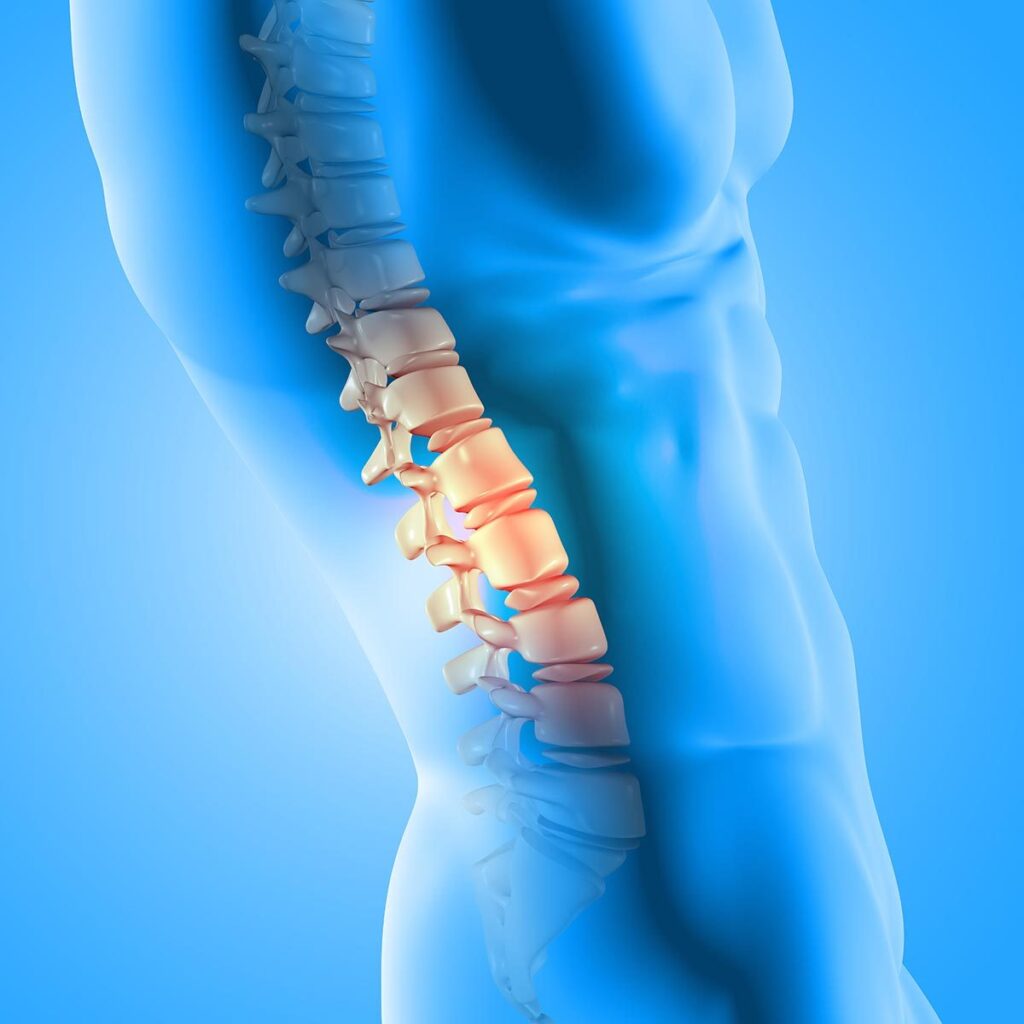Spinal Degenerative & Other Disesses
Spine is the core structure of the framework designed for errect posture and gait of humain beings. It is also the fundamental part of human skeleton which bears weight and provides limited but multi-axial motion. It is thus the commonest component of the multi jointed skeleton to be affected by load and motion stress and less commonly by inflammatory, infectious and mitotic diseases. The vertebrae lock with each other with the help of discs and facet joints. It is involvement of these interconnecting joints which in majority of spinal degenerative diseases results in symptoms of these disorders. Conditions which commonly result in spinal degenerative diseases are
- spinal osteoarthritis
- degenerative disc disease
- spondylolisthesis
- spinal stenosis

Other than spinal degenerative diseases spinal column involvement occurs in
- infections
- arthritis
- tumours
SYMPTOMS
Symptoms of spinal diseases occur as a result of the specific condition and involvement of bony column and the enclosed spinal cord and nerves emerging from it. Those associated with the bony column are
- sharp or chronic pain with movement or at rest
- limited range of motion
- spinal deformity
Involvement of spinal cord and nerves leads to
- local or limb pain
- tingling in the arms or legs
- weakness or difficulty in arm or leg movement
- sensory loss
- disturbed bowed or bladder control
- sexual dysfunction
DIAGNOSIS
The diagnosis of spinal diseases is particularly dependent on anamnesis and astute clinical examination. Modern radiology aids in a quick and accurate identification of the disease. Following investigations are an essential part of the battery of tests
- X-Rays
- Magnetic resonance imaging (MRI)
- Computed tomography (CT) scan
- Blood tests both general and specific for the suspected disease
TREATMENT
It depends on the type of spinal degenerative disease and the region of the spine involved. These modalities range from open to microsurgery to minimally invasive surgery depending upon the type and extent of the disease. Some commonly employed procedures are
- open or microdiscectomy
- endoscopic discectomy
- open or endoscopic spinal canal decompression
- open or minimally invasive spinal fixations
- anterior or posterior surgeries both open and minimally invasive for the neck region
Usually the results are very satisfying and many cases also require rehabilitation and physiotherapy post operatively
